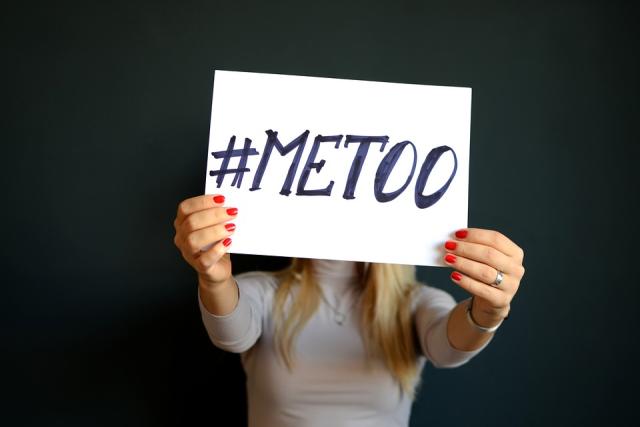What does the flood of “Me toos” on social media, representing the prevalence of sexual harassment and assault experienced by women, mean for us as a church?

Me, too.
"If all the women who have been sexually harassed or assaulted wrote 'Me too' as a status, we might give people a sense of the magnitude of the problem."
A friend posted “Me too,” I did, and then another, and then another, and then another…
It continued. It felt quite overwhelming.
For me it was a re-learning of a truth I already knew—the prevalence of sexual harassment and assault of women. So I was not alone. What I had experienced, the threat… the remorselessness, was not an isolated incident. Unfortunately, it is part of the make-up or structure of our society.
Behind all the “Me toos” lurked a difficult question. If so many women had been harassed and assaulted, someone had done it. Men of various shapes and sizes, classes, racial groups were implicated.
For the church—what does the flood of “Me toos” on social media, the prevalence of sexual harassment and assault experienced by women mean for us as a church? What does the many women who chose not to write "Me too" also mean for the church?
What does it mean for:
- Pastoral staff and teams? Are we ready to respond? What do we need, in order to respond? Have we connected to the community supports that exist for the large number of women who have experienced sexual harassment and assault? Can we connect with the diversity of women (Indigenous and non-Indigenous) who make up our worshipping communities and who may have experienced violence—cis or trans, queer, straight, racialized, dominant English speakers and those for whom another language is their first? Do we have support for ourselves in this sacred connecting work of deep listening and action?
- Men? Where and how do men to have conversations about the prevalence of male violence and begin to birth new constructions of masculine sexuality as mutually relational?
- Worship? How can we use images that bring to life the kindom in weekly worship? For example: non-hierarchical female/male images in worship, images of God that break outside of binary male/female images of God, images of alternative masculinities and femininities, images that are inclusive of all communities. Participating in “Thursdays in Black” on Sunday is a good opportunity to raise awareness about gender-based violence in your congregation.
- Leadership? In worship, on committees etc.? Are women in leadership roles? Do these roles represent the diversity of our communities of faith? Are different styles of leadership honoured? Do men prepare coffee time, lead intergenerational/children’s time? Are these traditionally caregiving roles honoured?
- Church Boards/Councils? Does your church have a sexual harassment policy? Is your church trauma informed and does it practice cultural safety?
- Mission and Outreach? Does your church support local women’s shelters and organizations?
- The church’s commitment to the Calls to Action of the Truth and Reconciliation Commission? This includes advocating for missing and murdered Indigenous women and girls. How can you support Indigenous advocates, agencies, and families to ensure that the National Inquiry will really address the roots of systemic and structural violence that continue violence against Indigenous women, girls and two spirits? Do we understand the historical and contemporary mechanisms in place that has allowed this violence to continue in society?
There are other areas that I haven’t touched on… for example scriptural interpretation and theological reflection. What do you think “Me too” means for the church and how can we be a community that births new life giving ways of being?
—Christie Neufeldt, Program Coordinator, Public Witness – Advocacy & Campaigns